Alfa Romeo SZ Coda Tronca – A short tale
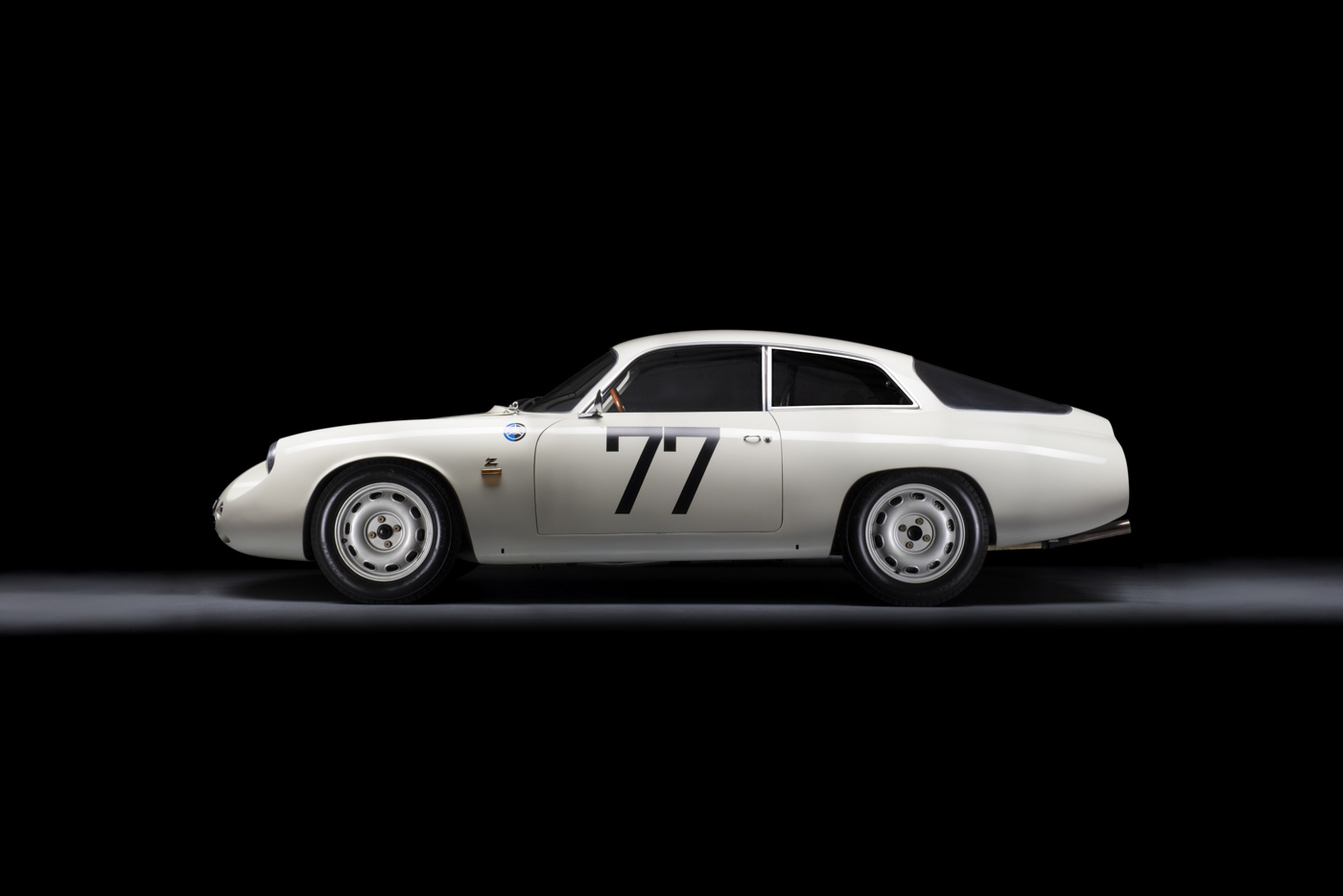
Recently Alfa Romeo has made some sort of comeback with cars that appear to appeal more to the public’s taste than in previous years. Sadly, the most popular of these are SUV’s. Commercial success is paramount, of course, but only when you compare the modern Alfa’s to some of their iconic predecessors, you realize what’s been lost. That’s why we present you the SZ Coda Tronca.
During the 1956 Mille Miglia racing driver Carlo Leto di Priolo wrecked his Alfa Romeo Giulietta Sprint Veloce after losing control of the car during a mountain descent. Famous coachbuilders Zagato created a new bodywork for the rebuilt car and in the process created an instant racing success: de Sprint Veloce Zagato (better known as SVZ). The car started winning races almost instantly, demoting almost every rival make – and even Alfa’s own racing models. Alfa Romeo owners turned up in
droves on Zagato’s doorstep, asking for the same lightweight body for their cars. Between 1956 and 1959 Zagato built 18 SVZ’s.
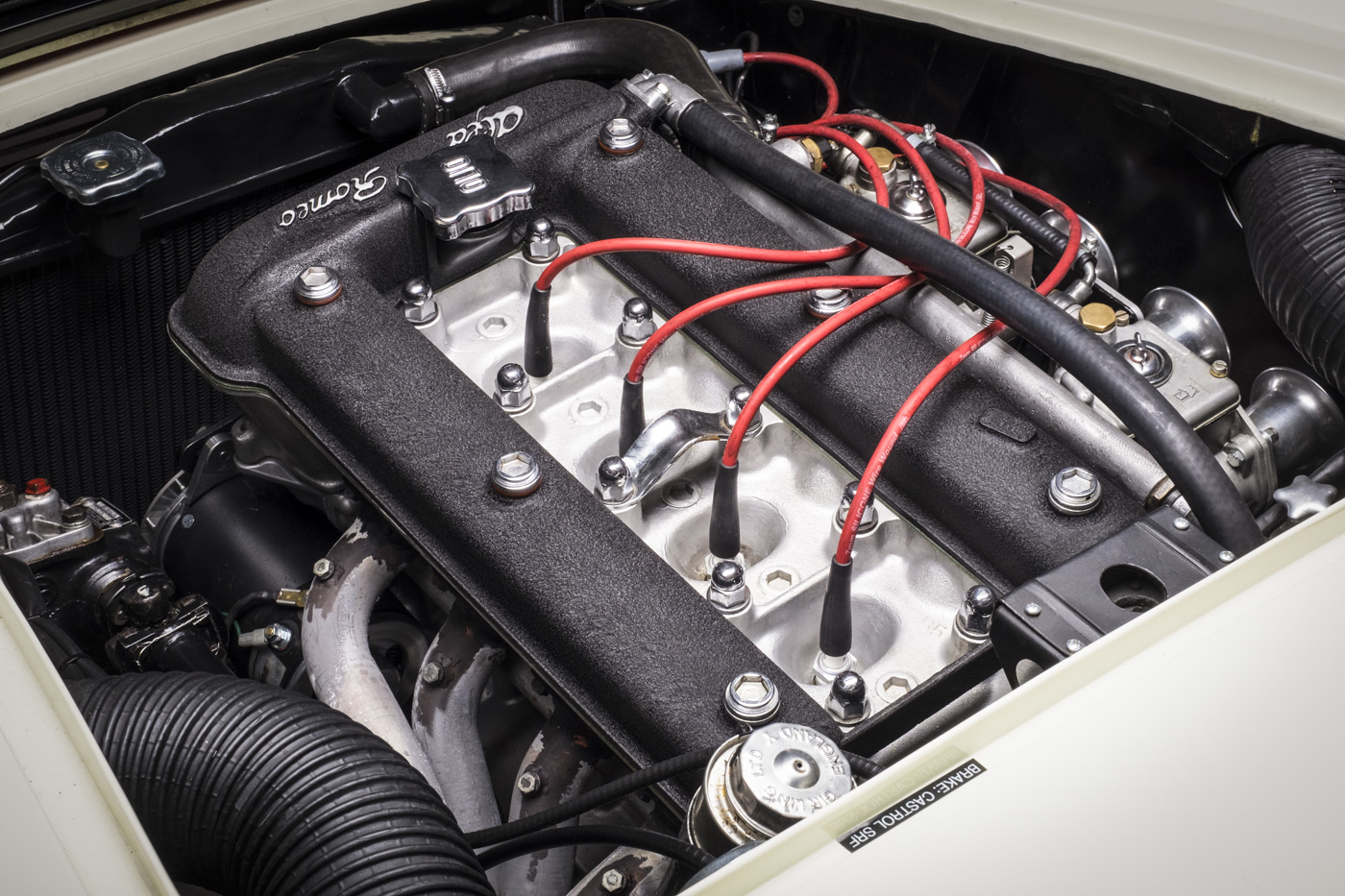
Alfa Romeo couldn’t let this success pass. Being outclassed on the racing track by a car that wore the Alfa logo but didn’t come from its own Turin factory was anathema to the company. In those days, the second half of the 50s, Alfa’s Giulietta family consisted of the bread-and-butter Berlina and Berlina TI saloon cars and the Promiscua estate, built by Carrozzeria Colli, of which no more than 91 examples were built. Alfisti with a need for speed could choose from the Bertone-built Sprint Coupé and Spider (by Pininfarina). All Giulietta’s were powered by a lively 1.290 cc inline four DOHC engine. In the Berlina it delivered 53 PS, in the Sprint and Spider power output was 80 PS. Of both cars a quicker Veloce version was also available, with 90 PS. But even the Veloce couldn’t match the speed and agility of the SVZ. Who wanted to race – and win – in an Alfa, had to have Zagato’s little bombshell.
The SZ started winning races and championships immediately and became one of the racing icons of its day
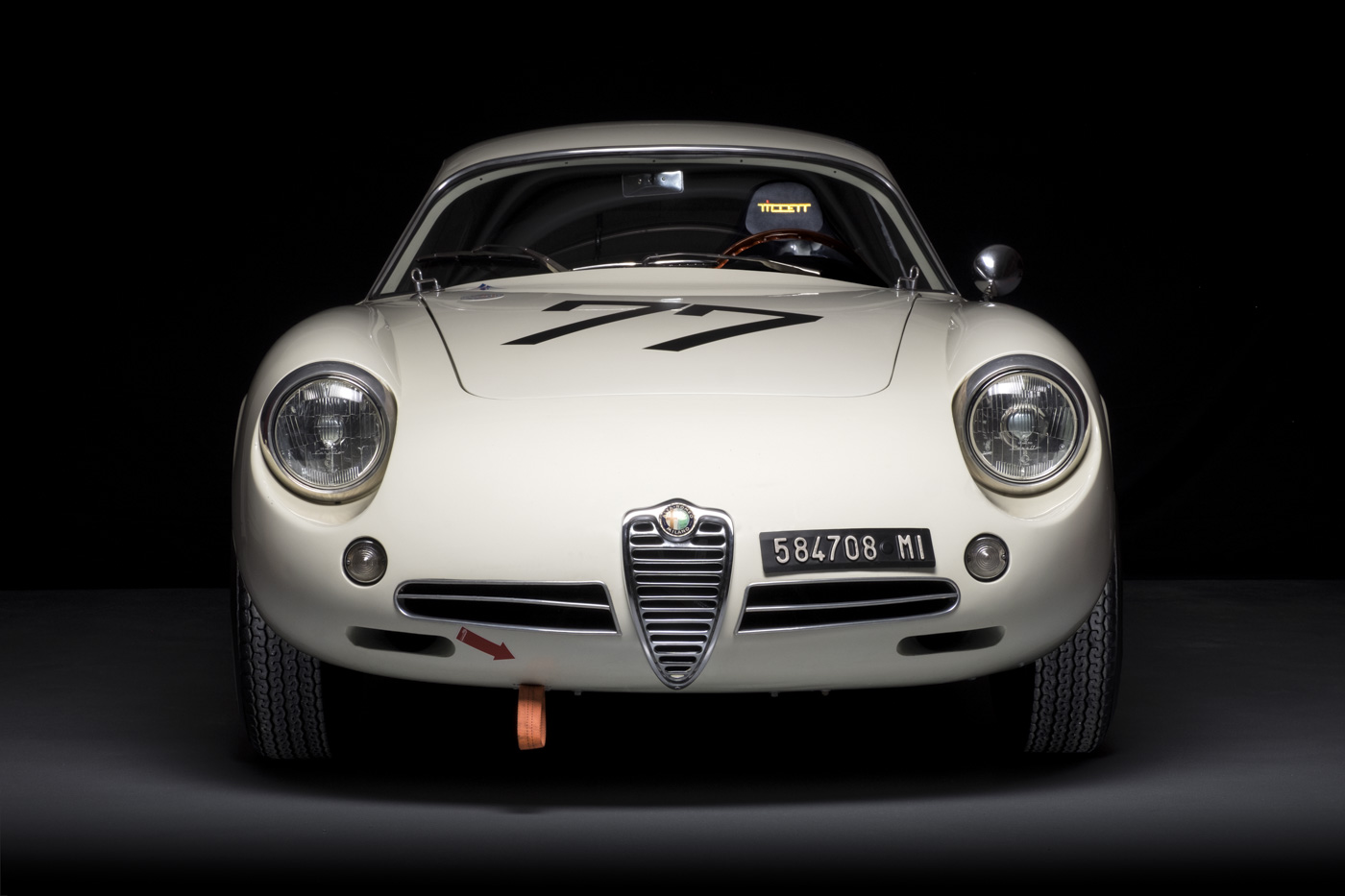
In 1959 Alfa Romeo introduced its answer to the SVZ, the Sprint Speciale. Despite its spectacular looks, created by Bertone-designer Franco Scaglione, it was too heavy and too slow to compete with the SVZ. It was more a GT than a circuit car. Alfa had to come up with a new idea. The decision was made to strike a deal with Zagato. In 1959 production started of a car that officially debuted at the Geneva Motor Show in 1960: the Giulietta Sprint Zagato, which quickly became known as SZ. It was based on the shortened chassis from the Sprint Speciale and was powered by the same engine (with 100 PS), but it had a lightweight aluminium body with Plexiglas windows and weighed around 110 kilograms less than the Sprint Speciale. It was much more agile and quicker on the racetrack, even though its top speed was the same with aroud 200 kph.
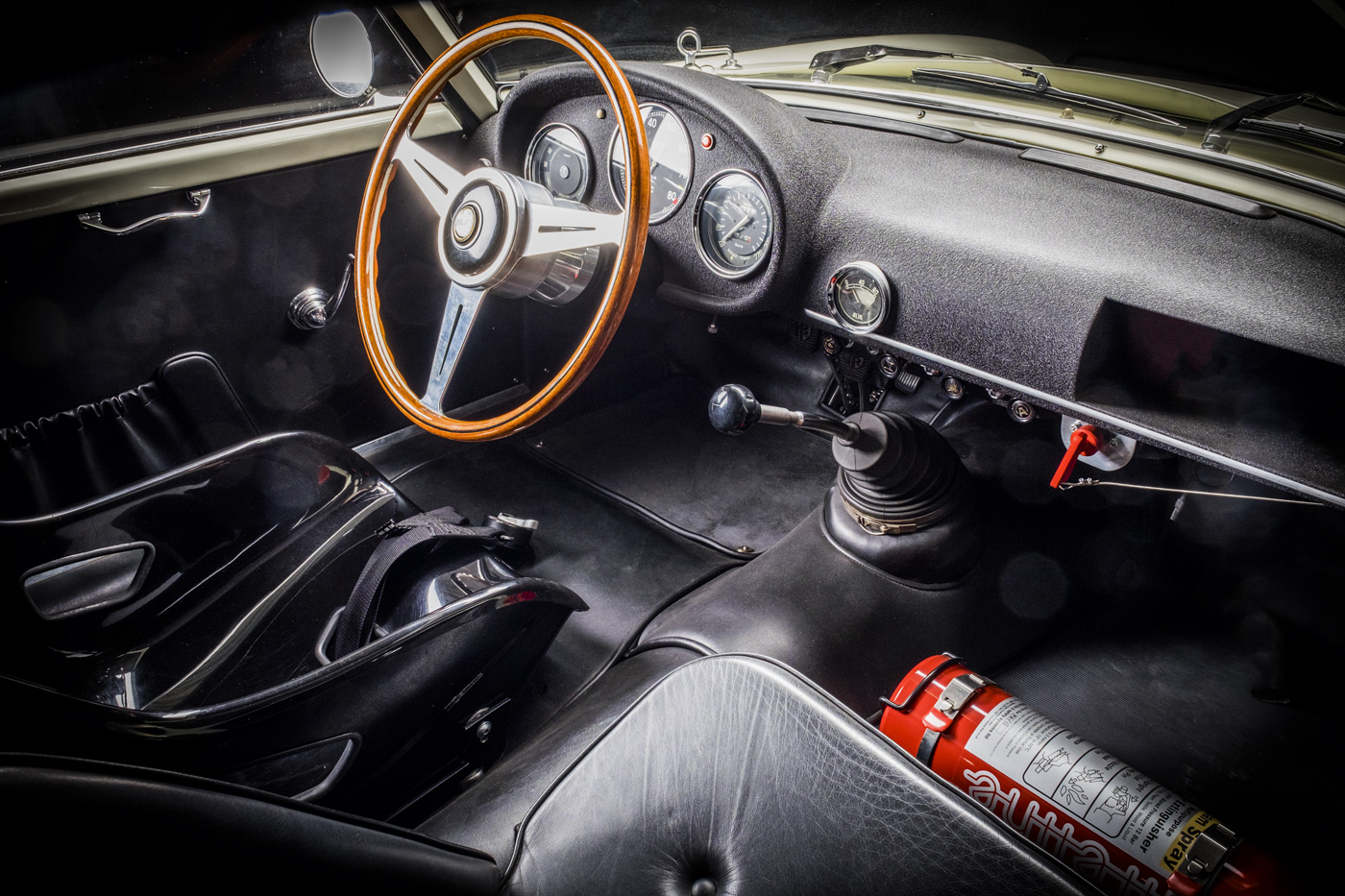
The short, stocky SZ started winning races and championships immediately and became one of the racing icons of its day, winning from cars that had much more engine power. Most sources estimate that around 200 SZ’s were built in two series between 1959 and 1962. The second series was the Coda Tronca (‘short tail’), also known as SZ2. Mechanically it did not differ much from the first series, but it had a longer, lower, sleeker body with a beautifully curved rear window to make it more aerodynamically efficient. Moreover, it had disc brakes on the front axle, which was a big step forward compared to the brake drums previously fitted. De Giulietta SV became an even more successful car in its class and was instrumental in helping Alfa Romeo return to the pinnacle of international motor sports.
Who wanted to race – and win – in an Alfa, had to have Zagato’s little bombshell
The Coda Tronca on these pages shows the colours of the famous Italian racing team Scuderia Ambrosiana, which in the early sixties used it in a number of races. Such as the 12 Hours of Sebring of 1962, where drivers Massimo Leto di Priolo (the brother of the man who’s mishap in the 1956 Mille Miglia led to the development of the SVZ) and Carlo Facetti came in second in the GT1300-class (12 th in the overall standings, behind another Coda Tronca). The car is still regularly being raced in international historical events.
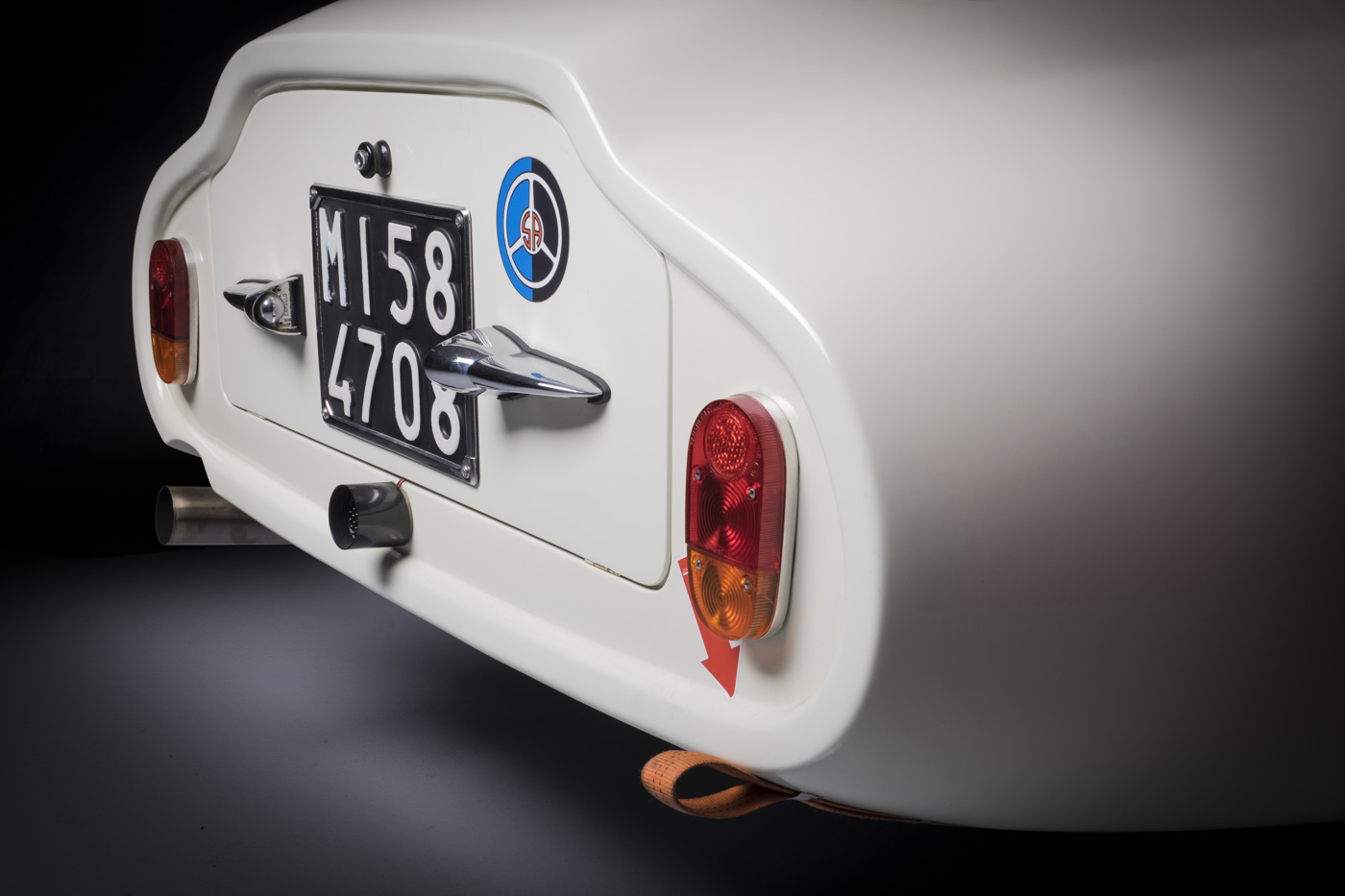
Coda Tronca’s are very rare and very much sought-after. The exact production figures of this second series are not conclusively known. Most sources quote a production total of 44 cars. What’s for certain is that any Coda Tronca in good condition easily fetches six-figure prices at most auctions.
